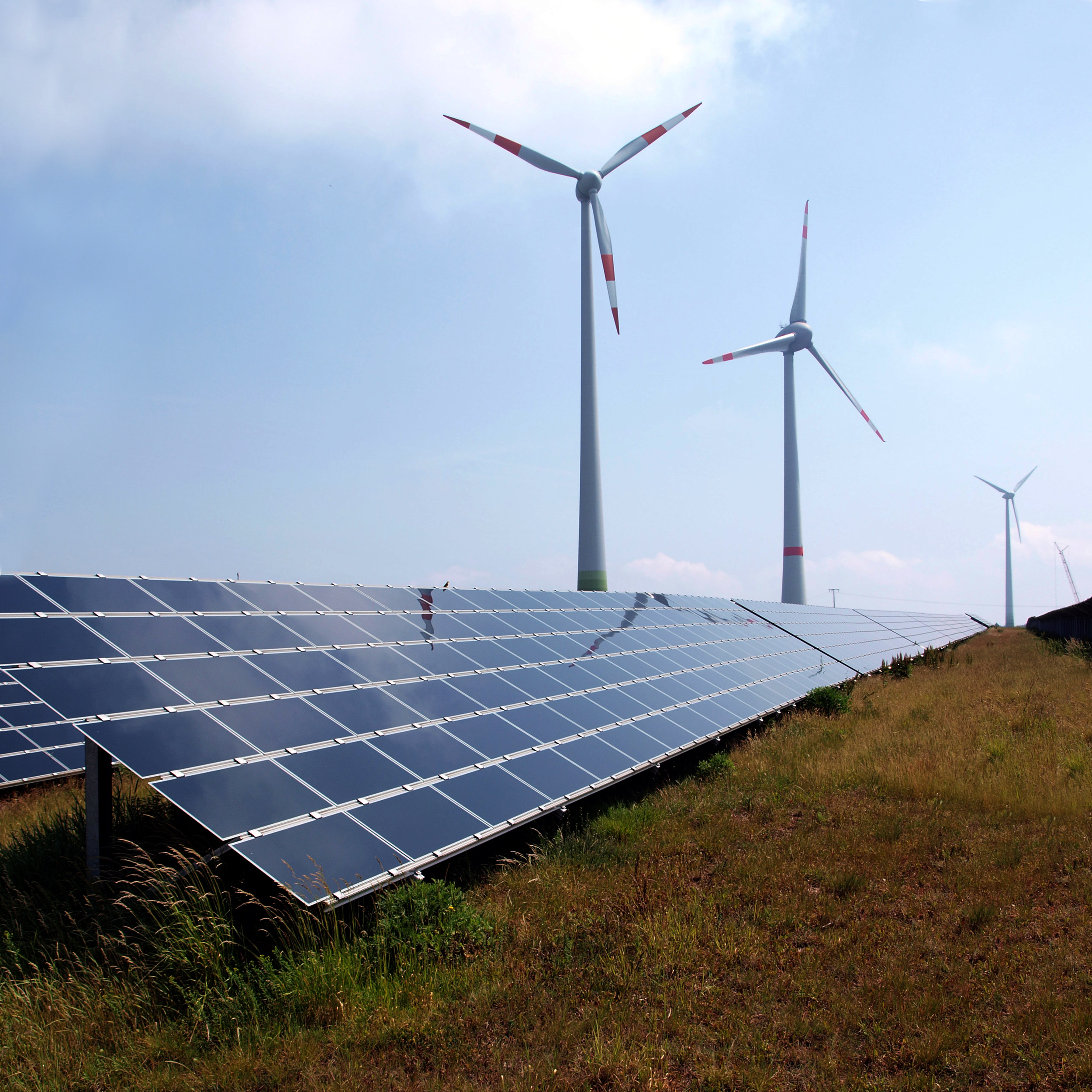|
Geothermal Power In El Salvador
Geothermal power in El Salvador represents 25% of the country's total electricity production. El Salvador is one of the top ten geothermal energy producers in the world. Since 1975, the Ahuachapán geothermal field has been in continuous and successful commercial operation. Since 1992, the Berlin geothermal field is under commercial production, with the installation of two units. Each one with 5 MWe power plants. See also * Electricity sector in El Salvador El Salvador's energy sector is largerly focused on renewables. El Salvador is the largest producer of geothermal energy in Central America. Except for hydroelectric generation, which is almost totally owned and operated by the public company C ... * Renewable energy by country References Geothermal energy in El Salvador {{Renewable energy by country ... [...More Info...] [...Related Items...] OR: [Wikipedia] [Google] [Baidu] |
El Salvador
El Salvador (; , meaning " The Saviour"), officially the Republic of El Salvador ( es, República de El Salvador), is a country in Central America. It is bordered on the northeast by Honduras, on the northwest by Guatemala, and on the south by the Pacific Ocean. El Salvador's capital and largest city is San Salvador. The country's population in 2022 is estimated to be 6.5 million. Among the Mesoamerican nations that historically controlled the region are the Lenca (after 600 AD), the Mayans, and then the Cuzcatlecs. Archaeological monuments also suggest an early Olmec presence around the first millennium BC. In the beginning of the 16th century, the Spanish Empire conquered the Central American territory, incorporating it into the Viceroyalty of New Spain ruled from Mexico City. However the Viceroyalty of Mexico had little to no influence in the daily affairs of the isthmus, which was colonized in 1524. In 1609, the area was declared the Captaincy General of Guatemal ... [...More Info...] [...Related Items...] OR: [Wikipedia] [Google] [Baidu] |
Ahuachapán
Ahuachapán () is a city, and municipality, and the capital of the Ahuachapán Department in western El Salvador. The municipality, including the city, covers an area of 244.84 km² and as of 2007 has a population of 110,511 people. Situated near the Guatemalan border, it is the westernmost city in the country and is the center of an agricultural region producing primarily coffee. Ahuachapán is the site of a geothermal power plant and a hydroelectric station. The local geothermal activity produces many steam vents, visible throughout the surrounding mountains. Among other things, Ahuachapan is also the birthplace of notable Salvadoran poet Alfredo Espino and is about an hour's drive from the national wildlife park El Imposible. History Ahuachapán was founded by Mayan Indians of the Poqomam tribe in the 5th century, and was invaded in the 15th century by the Izalcos people. It officially gained city status in El Salvador on 11 February 1862 and became the departmenta ... [...More Info...] [...Related Items...] OR: [Wikipedia] [Google] [Baidu] |
Electricity Sector In El Salvador
El Salvador's energy sector is largerly focused on renewables. El Salvador is the largest producer of geothermal energy in Central America. Except for hydroelectric generation, which is almost totally owned and operated by the public company CEL ('' Comisión Hidroeléctrica del Río Lempa''), the rest of the generation capacity is in private hands. With demand expected to grow at a rate of 5% in the coming years, the Government's 2007 National Energy Strategy identified several hydroelectric and geothermal projects as the best option to meet demand in the future and to diversify the country's energy mix. This would also reduce the dependence on traditional thermal sources and, with that, the vulnerability to high oil prices that the country started to face in 2005. El Salvador is also one of the countries included in the SIEPAC project, which will integrate the electricity network of the country with the rest of the Central American region. Electricity supply and demand ... [...More Info...] [...Related Items...] OR: [Wikipedia] [Google] [Baidu] |
Renewable Energy By Country
This is a list of renewable energy topics by country and territory. These links can be used to compare developments in renewable energy in different countries and territories and to help and encourage new writers to participate in writing about developments in their own countries or countries of interest. The list refers to renewable energy in general, as well as solar power, wind power, geothermal energy, biofuel, and hydro-electricity. As of 2013, China, Germany, and Japan, and India, four of the world's largest economies generate more electricity from renewables than from nuclear power. Based on REN21's 2014 report, renewables supplied 19% of humans' global energy consumption. This energy consumption is divided as 9% coming from traditional biomass, 4.2% as heat energy (non-biomass), 3.8% hydro electricity and 2% is electricity from wind, solar, geothermal, and biomass. China is the world's largest producer of hydroelectricity, followed by Canada, Brazil, India, U.S and Rus ... [...More Info...] [...Related Items...] OR: [Wikipedia] [Google] [Baidu] |

